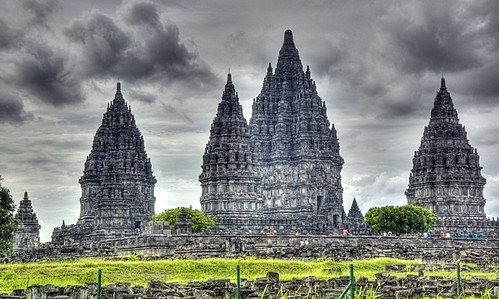There's no such thing as a free lunch...Or is there?

It's official. The next president of Indonesia is former army general Prabowo Subianto. Quite how the next five years will pan out is anyone's guess but hopefully the foreign pundits who always bring up his dodgy human rights record will be proven wrong. Nonetheless, on policy making, Prabowo's popularist move to literally offer the poor 'a free lunch' every day of the week does not augur well for the future. Such a policy - if it ever came to fruition - would cost a phenomenal amount of money and likely lead to huge inefficiencies (food waste) and poor incentives (make people lazy). Another concern is Prabowo's strong nationalist bent. Thus, in the possible event that he finds himself with his back against the proverbial wall in the face of stern economic challenges, there is a big chance that he will simply scapegoat foreigners. But he will have to be careful. Construction of the new capital city, Nusantara, for example, is highly dependent on foreign in





Comments
Post a Comment